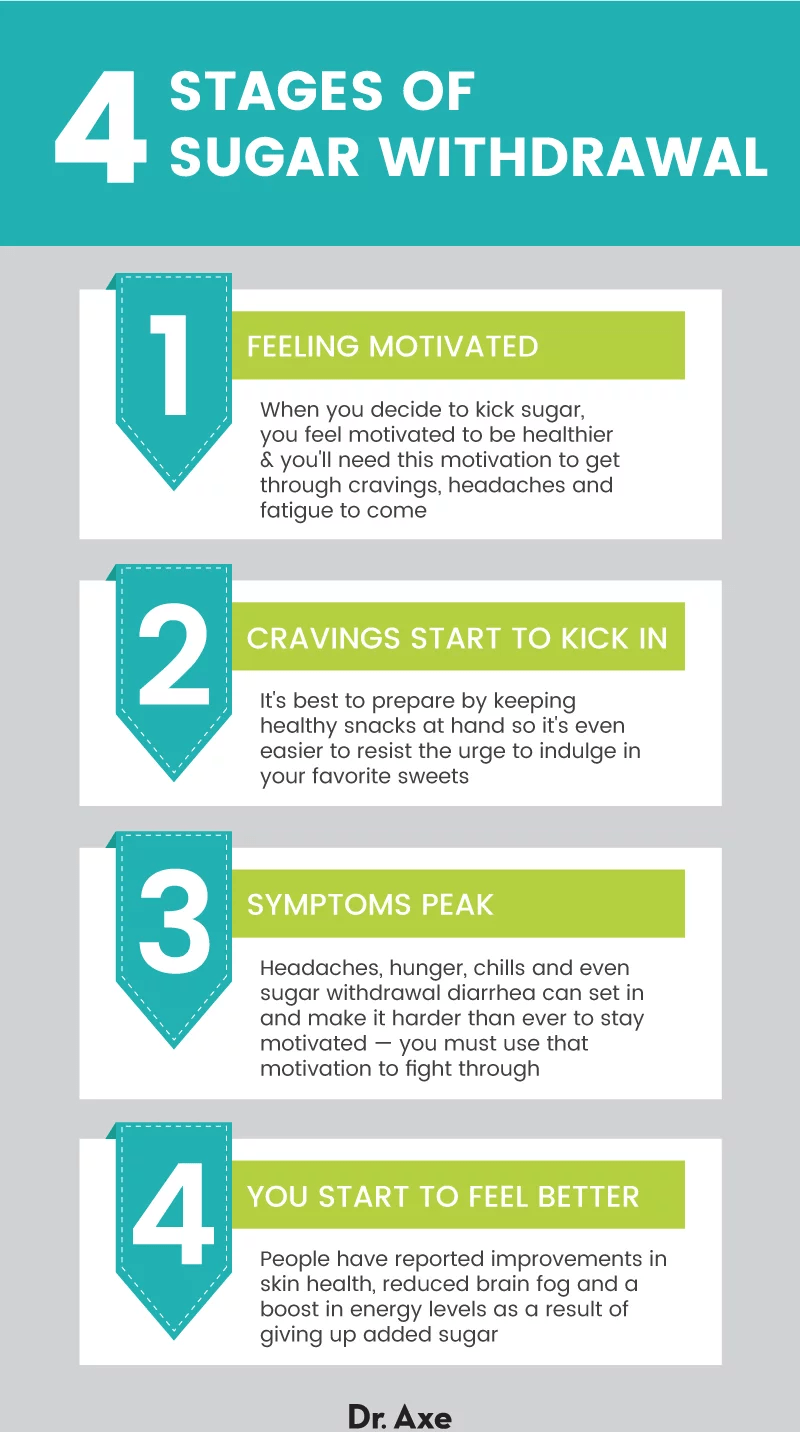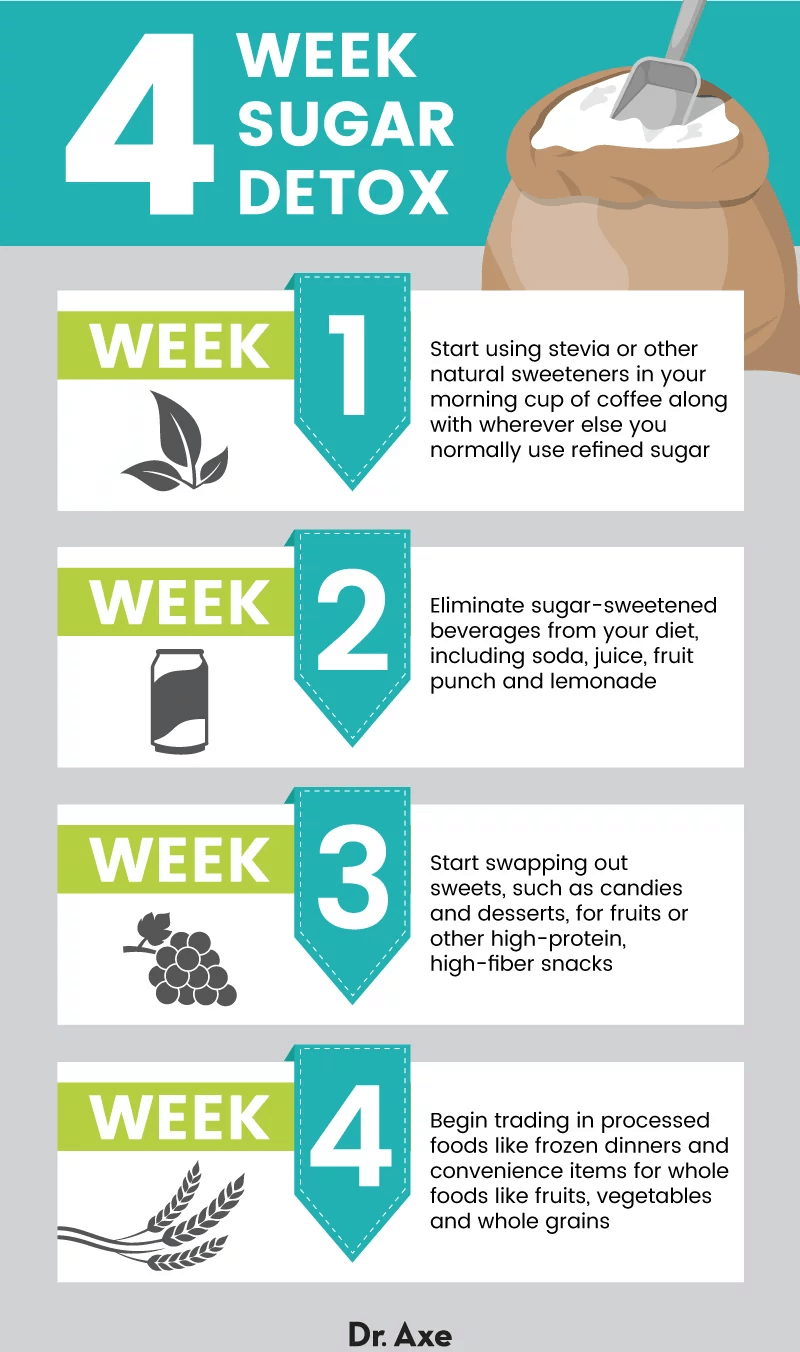This Dr. Axe content is medically reviewed or fact checked to ensure factually accurate information.
With strict editorial sourcing guidelines, we only link to academic research institutions, reputable media sites and, when research is available, medically peer-reviewed studies. Note that the numbers in parentheses (1, 2, etc.) are clickable links to these studies.
The information in our articles is NOT intended to replace a one-on-one relationship with a qualified health care professional and is not intended as medical advice.
This article is based on scientific evidence, written by experts and fact checked by our trained editorial staff. Note that the numbers in parentheses (1, 2, etc.) are clickable links to medically peer-reviewed studies.
Our team includes licensed nutritionists and dietitians, certified health education specialists, as well as certified strength and conditioning specialists, personal trainers and corrective exercise specialists. Our team aims to be not only thorough with its research, but also objective and unbiased.
The information in our articles is NOT intended to replace a one-on-one relationship with a qualified health care professional and is not intended as medical advice.
Sugar Withdrawal Symptoms + How to Reduce Sugar Cravings
December 27, 2017

Is sugar bad for you? While natural sugars are necessary, it’s no secret that excess sugar is detrimental to health. In fact, a high-sugar diet has been associated with a slew of health conditions, from diabetes to heart disease and beyond. But if you’ve ever tried to cut out sugar cold turkey, you’ve probably been faced with sugar withdrawal and the multitude of side effects that come with it.
Although cutting out sugar can mean temporarily dealing with unpleasant symptoms like sugar withdrawal bloating, migraines and fatigue, you shouldn’t let that stop you from continuing to work toward better health. By making a few modifications to your diet and arming yourself with the knowledge you need, overcoming sugar withdrawal and maintaining a nutritious, low-sugar diet can be easier than ever.
What Is Sugar Withdrawal?
A splitting sugar headache, fatigue, cramps and nausea are just a few of the debilitating symptoms that can occur when you decide to finally nix sugar from your diet. But why does this happen, and what causes it?
Years ago, sugar was just a small part of the diet, found mostly in natural sources like fruits and starches. In recent years, however, sugar intake has skyrocketed, with added sugars accounting for an estimated 14.1 percent of total energy intake according to a study in the American Journal of Clinical Nutrition. (1) It’s found just about everywhere, from ultra-processed foods to granola bars, cereals, yogurts and even tomato sauces.
Here are some more alarming statistics on sugar intake in the U.S., according to the Centers for Disease Control and Prevention: (2)
- Americans should keep added sugar intake to less than 10 percent of calories.
- From 2005–10, men and women 20 and over consumed 13 percent of calories from added sugar.
- In 2005–08, average percent of daily calories from added sugar was 16 percent for boys and girls ages 2–19.
- Socioeconomic status is found to not affect added sugar intake by youths, however among adults, lower-income people consume more added sugar.
- Younger, less educated, less physically active adults who smoke and drink infrequently or lightly seem to consume the most added sugar among adults.
When you eat foods high in sugar and hidden sugar foods, it triggers the release of a chemical called dopamine in the nucleus accumbens part of the brain. (3) Dopamine is a neurotransmitter that controls the reward and pleasure centers in the brain and is the same chemical released in response to sex and drug use.
Eating lots of sugary foods often causes the receptors that trigger the release of dopamine start to down-regulate, meaning you have to eat even more sugar the next time to feel the same sensation of pleasure. This turns into a vicious cycle and may even result in sugar addiction.
Thanks to its effect on dopamine and the reward centers in your brain, many studies have found that sugar works like certain types of drugs, such as cocaine, and giving it up can produce symptoms similar to opioid withdrawal. (4, 5)

Sugar Withdrawal Symptoms
Glucose —also known as sugar — is the primary source of fuel for your body. When you eat carbs, they’re broken down into sugar to supply your body with energy. When you significantly slash your sugar intake, it can cause your blood sugar to drop, which can result in a host of symptoms as your body starts to adapt to finding new sources of energy. Sugar withdrawal nausea, headaches and fatigue are just a few of the typical side effects many report as a result of sugar withdrawal.
Of course, the severity of your symptoms largely depends on the amount of sugar in your diet beforehand. If you were loading up on the candy and sweet treats before, you’re more likely to experience some of these symptoms than if sugar made up only a small part of your diet previously.
Some of the most common symptoms caused by sugar withdrawal include:
Sugar Withdrawal Stages
Although the list of common side effects can be a bit daunting, keep in mind that these symptoms are temporary and generally only last a few days for most people. Here are the stages you can expect to encounter when you decide to drop sugar from your diet:
1. Feeling Motivated
When you make the decision to kick sugar to the curb, you likely feel highly motivated and ready to reap the rewards of a healthier diet and lifestyle. Keep it up, as you’ll need this motivation to propel you through the cravings, headaches and fatigue yet to come.
2. Cravings Start to Kick In
Cravings are one of the earliest signs of sugar withdrawal. Many people, for instance, establish a routine with their diets, and may find themselves glancing over at the vending machine when that mid-morning hunger starts to set in.
During this phase, it’s best to prepare by keeping healthy snacks at hand so it’s even easier to resist the urge to indulge in your favorite sweets.

3. Symptoms Peak
Soon after the cravings hit, you may begin to experience some of the previously mentioned sugar withdrawal symptoms. Headaches, hunger, chills and even sugar withdrawal diarrhea can set in and make it harder than ever to stay motivated.
Remember why you decided to start eating healthier, and use that to keep you driven and determined to stay on the path to better health.
4. You Start to Feel Better
Once your symptoms start to clear up, you’ll likely find yourself feeling better than ever. Many people have reported improvements in skin health, reduced brain fog and a boost in energy levels as a result of giving up added sugar. Plus, by following a healthy diet and including more nutrient-dense foods in your day, you’ll enjoy a lower risk of chronic disease and better overall health as well.
Related: The Worst Halloween Candy & Why You Can’t Stop Eating It
How to Reduce Sugar Cravings
1. Increase Your Fiber Intake
Fiber moves through the body undigested, helping keep you feeling full and satisfied to kick sugar cravings to the curb. Not only that, but dietary fiber also helps keep blood sugar levels steady, preventing a drop in sugar levels and side-stepping some potential negative effects of sugar withdrawal.
A few healthy high-fiber foods include vegetables, nuts and seeds and legumes. Remember to drink more water if you’re upping your fiber intake to prevent unpleasant digestive side effects, such as constipation.
2. Eat More Protein
Protein is great for reducing hunger and sugar cravings. Not only does a high-protein diet cut levels of ghrelin, the hunger hormone, but it also helps maintain normal blood sugar levels to prevent several sugar withdrawal symptoms. (6, 7)
Good sources of protein include grass-fed beef, lentils, wild fish, black beans, organic chicken and eggs. You can also keep a few high-protein snacks on hand for when sugar cravings strike.
3. Stay Hydrated
How many times have you felt your stomach grumbling, only to drink a glass of water and have it disappear? Thirst is often confused with hunger, and sometimes all it takes is drinking a bit of water and staying hydrated to squash cravings.
Next time you catch yourself eyeing a sugary candy bar or dessert, try drinking a glass of water, waiting half an hour and seeing if you’re actually hungry or just feeling thirsty.
4. Pack in Some Probiotics
Eating plenty of probiotic-rich foods helps increase the beneficial bacteria in your gut. Not only does this have far-reaching effects in terms of digestive health and immunity, but some research has even found that it could support healthy blood sugar levels and support a healthy appetite.
A few examples of nutritious probiotic foods include kombucha, kefir, tempeh, miso, kimchi and natto. Aim for a few servings per week to give your gut health a boost and minimize sugar cravings.
5. Up Your Intake of Heart-Healthy Fats
Fat, much like protein and fiber, can promote satiety while warding off sugar cravings. This is because fat is digested very slowly, so it keeps you feeling fuller for longer.
Of course, this doesn’t mean you should load up on the greasy burgers and fries in order to reduce your sugar cravings. Instead, opt for healthy fats from foods like avocados, nuts and seeds or coconut oil.
6. Satisfy Your Sweet Tooth Without Sugar
Just because you’re giving up extra sugar doesn’t mean you have to give up all things sweet forever. In fact, there are plenty of easy ways to satisfy your sweet tooth without piling on added sugar by the teaspoon. Fruit, for example, contains natural sugars, but it also contains loads of vitamins, minerals and fiber that make it a much healthier choice.
Additionally, stevia is a natural, no-calorie sweetener that can sweeten up foods without the negative health effects of sugar. Look for green leaf stevia, the least processed form of stevia, to make sure you’re getting the real deal.
How to Deal With and Overcome Sugar Withdrawal
When symptoms strike, it can be challenging to persevere and continue on your journey toward better health by cutting out added sugar. Here are a few fast tips to help you take on sugar withdrawal:
- Stay motivated: Make a list of the reasons why you decided to cut out sugar and keep it close by to keep you going strong when cravings hit or symptoms worsen.
- Plan out your meals and snacks: By starting your week knowing what you’re going to eat, it makes it much easier to stay on track, plus even harder to stray toward the candy drawer.
- Clean out your pantry: By getting rid of the junk food you may be holding on to and filling your fridge with healthy foods like fruits and vegetables, it will be much easier to ignore those sugar cravings and enjoy a healthy snack instead.
4-Week Plan to Wean Off of Sugar
Ready to learn how to stop eating sugar once and for all? While some people prefer to cut it out cold turkey, making changes step by step and slowly reducing your intake of sugar can also be effective. Here’s a plan that can help you significantly cut down on your added sugar intake in just one month:
- Week 1: Start using stevia or other natural sweeteners in your morning cup of coffee along with wherever else you normally use refined sugar.
- Week 2: Eliminate sugar-sweetened beverages from your diet, including soda, juice, fruit punch and lemonade.
- Week 3: Start swapping out sweets, such as candies and desserts, for fruits or other high-protein, high-fiber snacks.
- Week 4: Begin trading in processed foods like frozen dinners and convenience items for whole foods like fruits, vegetables and whole grains.

Sugar Substitutes
In your quest for information about learning how to detox from sugar, you’ve probably come across quite a few recommendations for sugar substitutes and may be wondering about the best way to add a hint of sweetness to your foods and drinks naturally.
While I don’t recommend the use of artificial sweeteners, there are plenty of natural sweeteners out there that can bring a touch of flavor and are less processed than refined sugars like high fructose corn syrup. While some of these do contain sugar, using them in moderation occasionally as part of a healthy diet is OK.
Here are a few healthier alternatives that you can use in place of refined sugar:
- Raw honey
- Stevia
- Dates
- Coconut sugar
- Maple syrup
Precautions
Not all sugar is created equal. While added sugars from foods like candies, desserts and processed foods have next to no nutritional value and provide nothing but empty calories, sugar is naturally present in many healthy foods as well. Fruit, for example, contains natural sugars as well as fiber, vitamins and minerals, and can be included as part of a healthy diet.
Although low blood sugar may be a temporary side effect of reducing your sugar intake, hypoglycemia symptoms can be dangerous. Remember to eat regularly, don’t skip meals and keep a piece of fruit on hand in case your blood sugar levels drop too low.
Additionally, if you have diabetes, consult with your doctor before making any major dietary changes as your medications may need to be adjusted.
As always, remember to listen to your body. If cutting sugar out all at once is causing persistent or severe symptoms for you, consider making small dietary changes step by step to achieve long-lasting results.
Final Thoughts
- Is sugar bad for you? Sugar has been associated with a multitude of health issues, ranging from heart disease to diabetes.
- Sugar withdrawal can cause symptoms like a sugar headache, fatigue, muscle aches, cravings and nausea, although severity of symptoms can vary based on your sugar intake.
- There are several ways to reduce withdrawal symptoms and cravings, including eating more protein, fiber and healthy fats; drinking plenty of water; satisfying your sweet tooth with stevia or fruit; and incorporating more probiotic-rich foods into your diet.
- Although many people prefer to cut sugar out all at once, eliminating certain high-sugar food groups from the diet one at a time can also help you effectively achieve better health.










